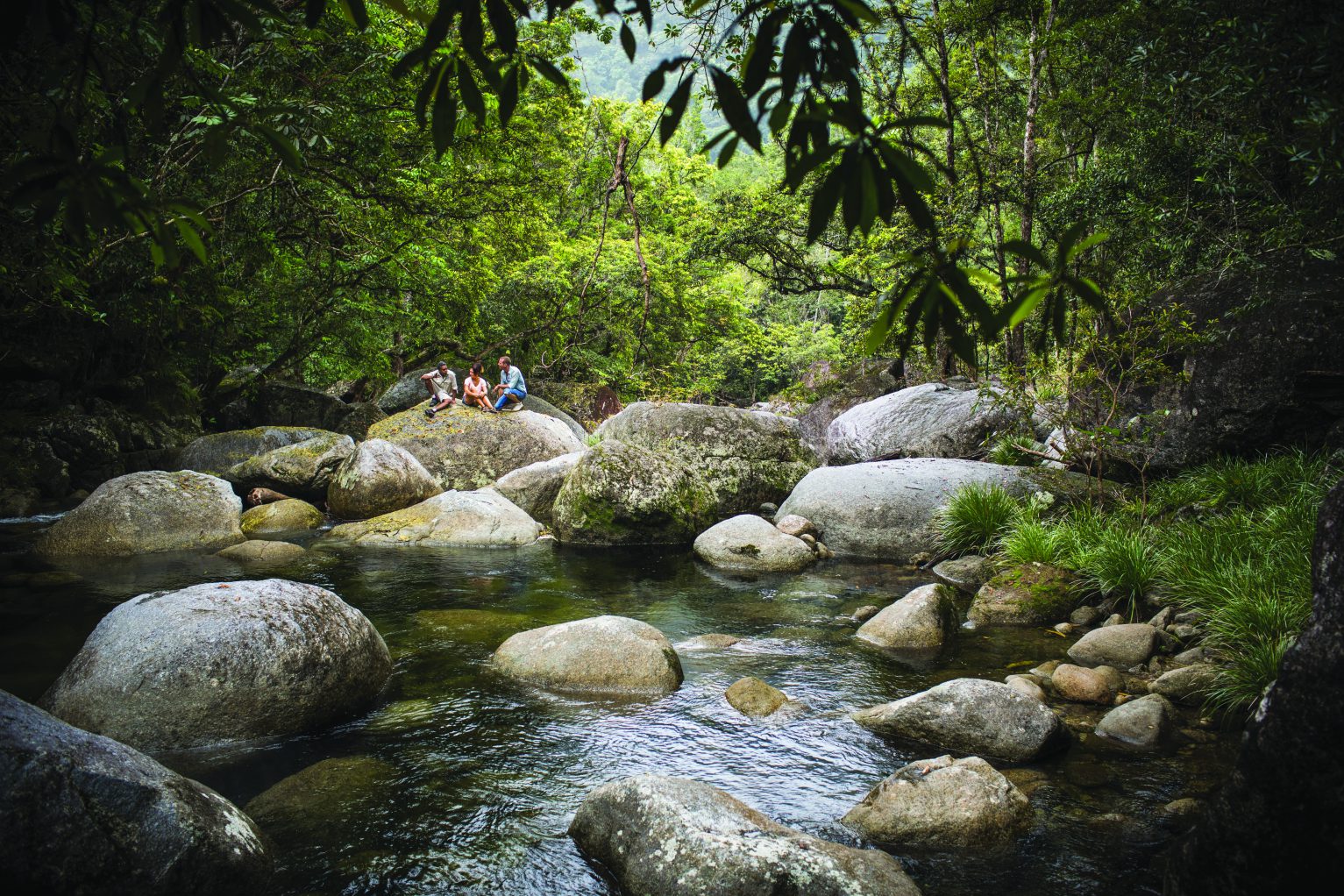While many of us take pride in travelling sustainably. The new trend is to ensure today’s tourist experience has a positive impact. It’s about giving back to the planet and making it a better place. Today, you need to be a conscious traveller.
It’s no longer cool enough to be a tourist heading to trendy hot spot destinations of Rome, Venice and Capri. Today, you need to be a conscious traveller. It has come into sharp focus this year given hordes of travellers are descending on the world’s cities and beaches.
River cruise passengers are now paying to clean Amsterdam’s canals of plastic bottles as a shore trip. Plastic Whale gives participants nets to fish rubbish and plastic from the canals on a two-hour boat ride. Since 2011, almost 150,000 plastic bottles have been removed from Amsterdam’s canals.
Plastic Whale has also started work with Bangalore-based sustainable waste management enterprise Sweepsmart. It collects and recycles plastic waste creating local jobs with good work conditions and cutting the amount of landfill.
Take part in an almsgiving ceremony
On Belmond’s ‘Road to Mandalay’ itinerary, a conscious traveller can spend a morning taking part in a time-honoured almsgiving ceremony. During a shore excursion to Myin Mu you donate food to a procession of monks from the local monastery. This spiritual ceremony gives guests a rare opportunity to experience an ancient custom and meet local folk. The doctor on board Belmond spends his spare time working as a free consultant at a local clinic.
In New Zealand, Princess Cruises has opened a market with the help of local Indigenous people. It pays for their stalls and trains young people to show off their heritage to visiting cruise ship passengers. It creates jobs and turns tourism into something that helps young people maintain their cultural roots. Plus it gives tourists a touch point with local people.
Talking of which, New Zealand launched its 100% Pure New Zealand marketing campaign 24 years ago. Many tourist bodies across the globe thought it was pure genius.
So successful has the campaign been that two decades down the road, the branding has led to concerns of over-tourism. The strain has started to show. Between 2016 and 2019, Aotearoa-New Zealand’s population of five million was hosting 11 million visitors a year.
The growing threat to the unspoilt environment
Tourism New Zealand has become acutely aware that growing numbers of locals were increasingly displeased with over-tourism. That is because visitors were not treating the country and its fragile attractions with the respect they deserve. There is a danger for the unspoilt environment to become under severe threat.
Tourism New Zealand has spearheaded a campaign to get all foreign visitors to take the Tiaki promise. It pledges to care for the local people, the culture, the land, the sea and nature.
“While travelling in New Zealand, I will care for land, sea and nature, treading lightly and leaving no trace; travel safely, showing care and consideration for all; respect culture, travelling with an open heart and mind.”
The Tiaki pledge
To help cover the costs of managing its national parks, it also introduced a NZ$35 international visitor levy in 2019. That enables tourists to contribute to the management and protection of New Zealand’s unique natural assets.
To decarbonise travel in the Aotearoa region, electric vehicles including electric cars and campervans have been introduced. Travellers have also been told to keep parks and camping grounds litter-free.

In Australia, the World Heritage-listed Daintree Rainforest is one of the longest continuously occupied regions by Indigenous people on Earth. Interest in Indigenous-led tourism from both domestic and international visitors rose by 40 per cent in Australia between 2013 and 2019. This momentum helped many Indigenous people regain their ancestral lands including the hand back of the Daintree to its traditional custodians. The Eastern Kuku Yalanji people now manage the national park with the Queensland State Government.
Creating an eco-tourism hub for the conscious traveller
The Mossman Gorge Cultural Centre, an eco-tourism hub, now has more than 70 per cent Indigenous workforce. Before the centre opened, tourists would tear through the area, crashing their motorbikes and disturbing the peace with loud parties. Now walking the land with traditional custodians is infinitely more respectful. It also opens travellers’ eyes to local wildlife and ancient landmarks, they would never have seen otherwise.
In Norway, Six Senses Svart an insight into hotels of the future is. It produces more energy than it uses. Norwegian architecture studio Snohetta led the design with its supercool, sustainably managed project with a 94-room, ring-shaped hotel. It is scheduled to open on the Helgeland coastline next year and is the first energy-positive hotel to be built as it will harvest more solar energy than it needs, making it entirely off-grid and self-sustaining. It also has its own waste and water management, recycling and renewable infrastructure.
As travellers, we have a huge impact on destinations
So what can a conscious traveller do to contribute to Regenerative Travel when next packing their bags and travelling to a dream destination? You can always ask your travel agent whether the hotel and region contribute to the local community to fuel regeneration. For instance, when visiting the Masai Mara in Kenya, a luxury lodge at Spirit of the Masai Mara encourages guests to plant trees after their stay. That helps the community preserve the land and wildlife while encouraging the natural resources to thrive.
The co-founder of US-based company Regenerative Travel, Amanda Ho, says: “We will never stop travelling … but we can choose to support the right businesses that are actually making an impact, support initiatives and nature-based solutions that sequester carbon and give back to local communities.”
We travel because we love it and enjoy the destinations we explore, and learn about the cultures and different natural wonders we experience. Let’s make sure that as we continue to travel, we are travelling in a way that allows the destinations to regenerate and thrive.







